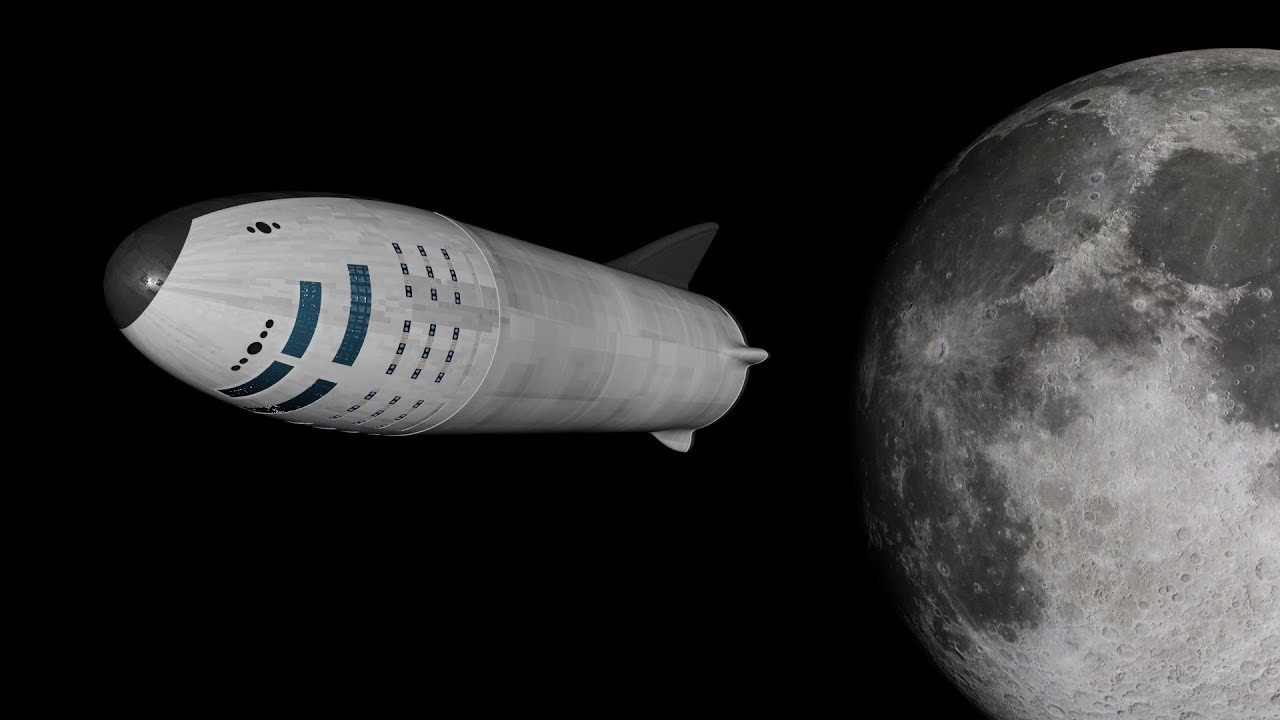SpaceX’s Starship vehicle experienced a “rapid unscheduled disassembly” during its recent test flight, resulting in an explosion. Fortunately, the uncrewed rocket managed to fly for about four minutes before the fiery incident, providing the SpaceX team with valuable data to refine the rocket’s systems for future test flights, eventual trips to orbit, and supporting NASA’s ambitious moon mission plans.
SpaceX Starship: A work in progress
The powerful rocket, consisting of the first-stage Super Heavy and upper-stage Starship spacecraft, launched from SpaceX’s Starbase site in Boca Chica, Texas. SpaceX CEO Elon Musk had previously stated that the Starship only had a 50% chance of completing its maiden mission, so the failure to reach orbit was not entirely unexpected.
NASA intends to use a modified version of the Starship spacecraft, known as the Starship Human Landing System (HLS), for the Artemis III mission. This mission aims to be the first crewed lunar landing since 1972. Astronauts would travel to space on NASA’s recently tested Orion spacecraft, while SpaceX’s Super Heavy would propel the Starship HLS to orbit. The astronauts would then transfer to the SpaceX vehicle for the lunar landing.
A tight timeline for Artemis III
Artemis III is currently scheduled for 2025, but achieving this target date relies on several factors. Primarily, the Super Heavy and Starship HLS must be ready in time. Following the recent failed mission, Musk tweeted that SpaceX hopes to attempt another Starship test flight “in a few months.” This upcoming mission is crucial to NASA’s plans of landing the first woman and first person of color on the lunar surface in just two years.
Additionally, NASA needs to confirm the safety and reliability of its Space Launch System (SLS) rocket and Orion spacecraft. Early signs are promising, as both performed well during a recent uncrewed test flight involving an Orion flyby of the moon. Artemis II, scheduled for next year, will send four astronauts on a similar journey, hopefully proving Orion’s readiness for Artemis III.
Uncertain future for NASA’s Moon plans
Considering the current circumstances, NASA faces challenges in meeting the 2025 target date for the crewed lunar landing. SpaceX’s success in getting the Starship to orbit on its next test flight is vital for any realistic chance of reaching the moon on schedule.
Once SpaceX engineers fully assess the reasons behind the recent Starship failure to separate from the Super Heavy, it will become clearer whether the solution requires a quick fix or a more complex resolution that may take longer to implement.
Regardless of the outcome, Musk’s dream of using the Super Heavy and Starship to send humans beyond the moon to Mars remains intact – it will just require more time and perseverance.















